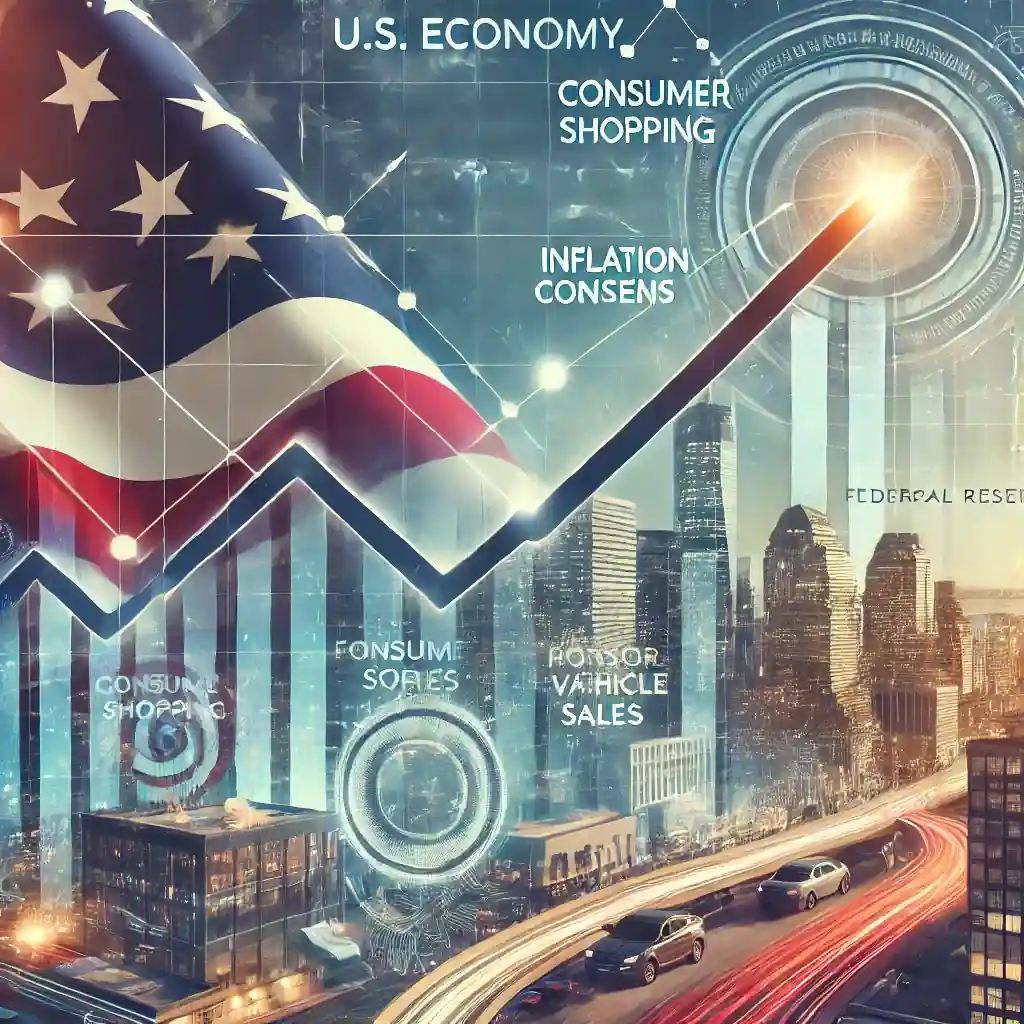US Economy Expands at a Solid Pace in Late 2024
The US economy grew at an annualized 2.3% in the fourth quarter of 2024, following a 3.1% expansion in the previous quarter. Consumer spending played a key role in sustaining growth, helping offset slowdowns caused by a Boeing strike and reduced inventory investments.
Consumer Spending Surges, Supporting Economic Growth
Consumer spending rose at a 4.2% pace, marking the first time since 2021 that spending growth exceeded 3% for two consecutive quarters. This acceleration, the strongest since early 2023, was largely driven by increased motor vehicle sales.
Inflation Remains a Concern for the Federal Reserve
A key inflation gauge rose by 2.5% in Q4, marking only the second increase since late 2022. This data reinforces the Federal Reserve’s cautious stance on rate cuts, as Chair Jerome Powell stated that policymakers need to see more inflation progress before adjusting monetary policy.
Strong Growth Despite High Interest Rates
Despite persistent inflation and elevated borrowing costs, the US economy defied expectations of a slowdown. The GDP report confirmed that economic resilience continues, with full-year 2024 growth at 2.8%, following 2.9% in 2023 and 2.5% in 2022.
Federal Reserve Signals Caution on Future Rate Cuts
Following the latest GDP report, Powell emphasized that the economy remains strong and there is no urgency to cut interest rates. The central bank maintained its current policy stance, waiting for further inflation data before making adjustments.
Market Reactions and Economic Outlook
The S&P 500 opened higher after the GDP release, while Treasury gains slowed, and the dollar remained weaker. A key measure of private-sector growth, final sales to private domestic purchasers, rose at a 3.2% rate, indicating underlying economic strength.
Policy Shifts Could Impact Economic Trajectory
While Q4 data confirms a solid foundation, new federal policies in 2025 could reshape economic conditions. Analysts remain watchful of potential changes in fiscal strategy, including tax and trade policies, which could influence future GDP performance.




